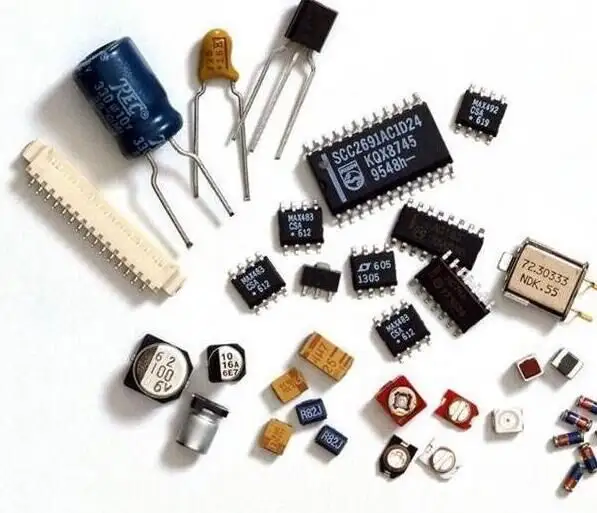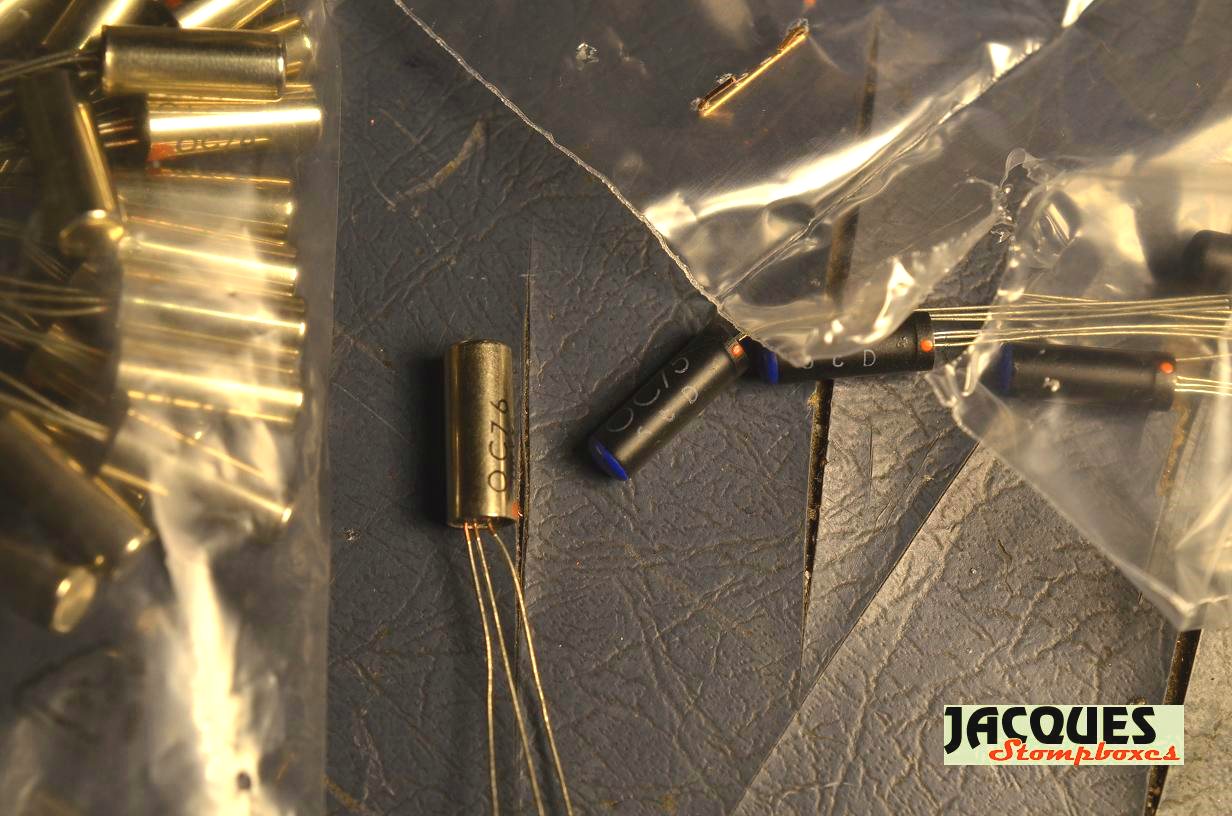

The single layer PCB with through-hole components fits without problems inside the oversized cast iron enclosure. There is some controversy of when and where the 2-transistor topology appeared: the Tone Bender MK1.5 is similar to the Dick Denney designed Vox Distortion Booster circuit, nearly identical to the Italian made Vox Tone Bender circuit, and the Arbiter Fuzz Face circuit. The fuzz face design was inspired in other contemporary fuzz pedals like the Maestro Fuzz Tone (designed by Glen Snotty) and the Sola Sound ToneBender (designed by Gary Hurst) although the Fuzz Face was an easier circuit than the competitors with only 2 transistors instead of 3. The last block (the Feedback Network) will affect the rest of the analysis because it will influence the most important parameters: voltage gain, input impedance, output impedance and frequency response.

It can be broken down into three parts: Input Stage, Output Stage and Feedback Network. The circuit is a simple 2 stage amplifier with a feedback network path. There are some circuits that help to measure the transistor gain. However, there are some other options, for a more compressed sound you can use β=90-120 for Q 1 and β=150-190 Q 2. This gain variation is crucial in the design, the best match uses a low gain in the first stage (β=70-80 approx.) and a high gain in the second stage (β=110-130 approx.). Germanium transistors tend to have high leakage current and an inconsistent gain value.
Ac128 transistor archive#
Germanium Transistor Selection: It is important to select the right transistor from the whole batch in order to archive the best effect performance. Cornell explains why the production switched to the modern, temperature independent, cheaper and stable silicon transistors like the BC183L, BC183KA, BC130C, BC108C, BC109C, BC209C, and BC239C. "There were always problems with them, so I’d get involved in testing and repairing because they just didn’t all work right!" I think the Arbiter-England one didn’t use the NKT275 germanium transistor in those days we used the AC128." Germanium transistors are considered to have an overall better sounding to this effect with some drawbacks: germanium manufacturing is not as consistent and controlled as silicon and they have shorter lifespan and more temperature sensitivity.ĭennis Cornell: "All the transistors worked in a very similar way and all did the job, but they did give a slightly different tone. Silicon transistors: with higher gain are a bit harsher with some more high end.Germanium transistors: are claimed to have a warmer, creamier smoother sound.The transistors are the most sensitive part of the design with a whole mythology that has grown up around them. These days Dunlop manufactures a number of different finishes and sizes using various transistor flavors: The earliest ones were Arbiter-England, then they became Dallas-Arbiter England sometime in 1968 since then there have been a variety of words in the smile. The earliest models were covered in red, light or dark gray Hammerite paint with the Fuzz Face logo in white or black, t he text in the smile reveals the pedal's age. This analysis covers the first Arbitrer Fuzz Face model equipped with PNP germanium transistors from the first releases which are considered the best sounding.Ģ.2 Components Part List / Bill of Materials. Today, both the Dallas Arbiter and Fuzz Face trademarks are owned by Dunlop Manufacturing Inc. In 1993 Dunlop took over the production selling the fuzz face in different flavors. The fuzz face was re-issued from 1986 to 2000. During its lifetime the pedal went through some minor cosmetic but major sonic changes. The gist of the Fuzz Face remains in the simple circuit that uses eleven components (2 transistors, 4 resistors, 3 caps and 2 pots) and the astonishing tones created with them delivering a soft asymmetrical clipping that changes to hard clipping in both semi-cycles under the fuzz pot action.Īrbitrer Electronics manufactured the pedal from 1966 to 1975, Dallas Music Industries did a final batch in 1975-77, after that the production stopped. The effect became very popular because Jimi Hendrix played it and there were not many distortion pedals around at that time. Ivor Arbiter took the round shaped enclosure idea from a microphone stand and it was the first pedal including a DPDT stomp-switch. It produces a characteristic high distorted sound called fuzz. The Fuzz Face is a distortion guitar pedal designed in London by Arbitrer Electronics Ltd in the autumn of 1966.


 0 kommentar(er)
0 kommentar(er)
